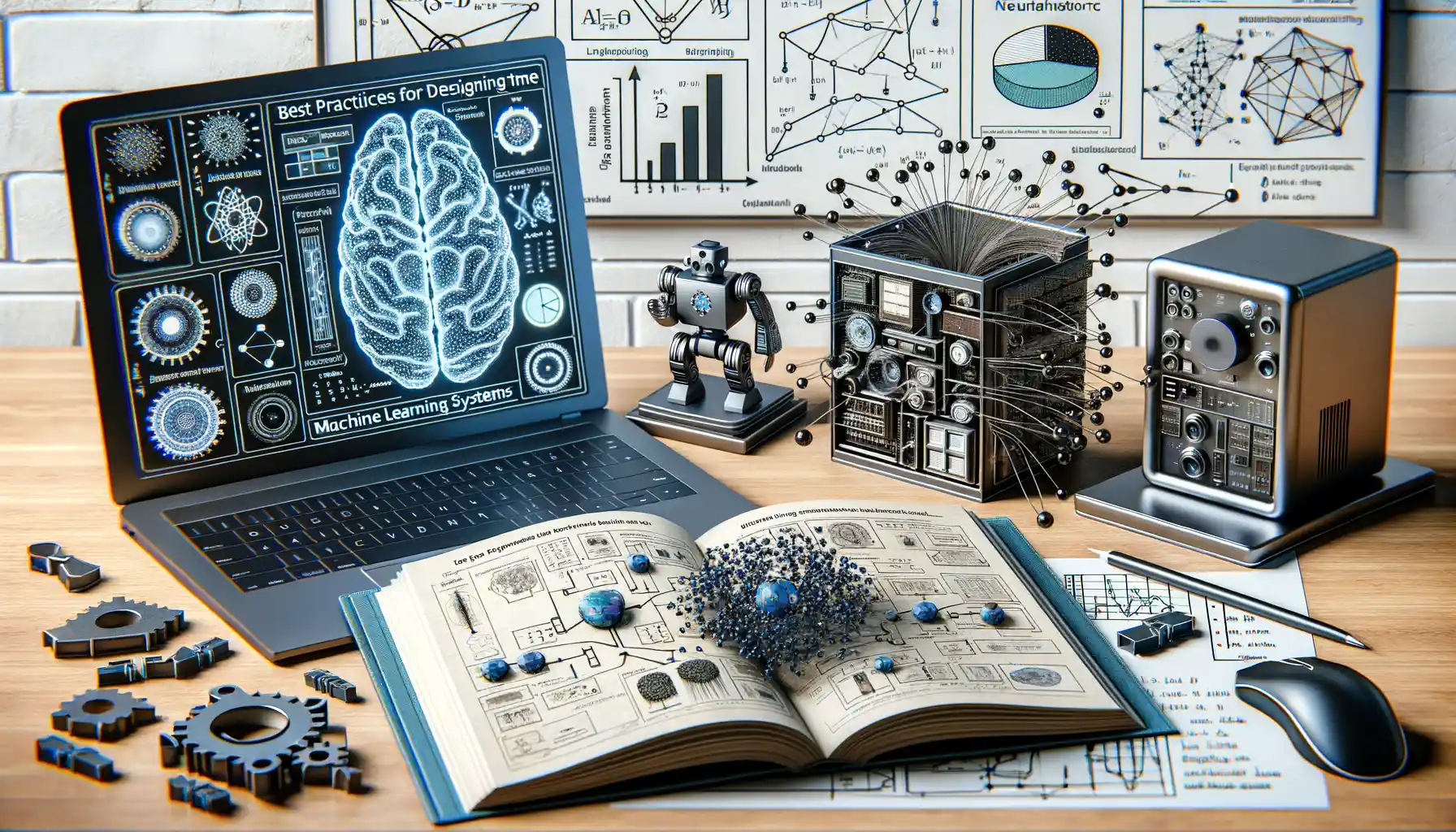Understanding Adaptive Mobile Apps and Real-Time Machine Learning
What Makes an App Truly Adaptive?
Picture this: you open your favorite mobile app, and it feels like it knows you better than your best friend. It recommends songs you’re itching to hear, adjusts settings as if reading your mind, and responds instantly to what you need. This magical experience? It’s the power of *adaptive mobile apps* supercharged by real-time machine learning.
At its core, an adaptive app is a living organism, constantly learning and evolving with usage. Instead of serving every user the same stale experience, these apps tailor themselves uniquely to you. How do they pull off such wizardry? Through *data*. It analyzes users’ behaviors—taps, swipes, pauses—and transforms that data into actionable insights, all in milliseconds.
Real-time machine learning is the beating heart behind this adaptability. It’s not just analytics; it’s decision-making on the fly. Synced directly into the app’s architecture, it responds faster than a snap of your fingers, making static apps feel downright prehistoric.
The Secret Sauce: Data and Speed
Here’s the kicker: adaptive apps don’t just react—they *predict*. That’s where *real-time machine learning* flexes its muscles. Instead of relying on data collected days ago, it processes fresh, contextual information instantly. Think of it as having a personal assistant who doesn’t just know your schedule but predicts your next move before you even make it.
For instance, location-based apps like ride-sharing platforms predict traffic patterns to adjust driver routes in real-time. Or streaming services like Netflix cue up content recommendations based on not just your history but trending preferences within seconds. The magic lies in balancing *data floodgates* with razor-sharp algorithms that don’t miss details.
It’s fast, it’s dynamic, and it feels almost… alive. With this tech shaping the future, static apps are bound to become a relic of the past.
Key Components of Real-Time Machine Learning for Mobile Apps

The Building Blocks That Bring Magic to Real-Time Machine Learning
Think of real-time machine learning as the secret sauce that transforms mobile apps from “meh” to “wow, it just knows me!” But what makes that magic happen? Here’s the behind-the-scenes breakdown:
- Data Streams in Real Time: Forget about batch processing. This is like having a barista who remembers your order as soon as you walk in. Apps analyze user behavior, GPS location, or even heart rate data on-the-go, reacting instantly.
- Edge Computing Power: All the action doesn’t have to happen in a distant cloud. Devices now process much of the machine learning locally for faster responses. Think of it as your app doing yoga—flexible, powerful, and closer to home.
Models That Think on Their Feet
Dynamic ML Models drive the adaptability of mobile apps. These models don’t just sit there, frozen in time—they evolve. A fitness app might learn that your best workout time is early mornings (thanks to your inconsistent attempts at evening runs).
Add in context-aware AI, and suddenly, your weather app isn’t just spitting out temperatures—it’s telling you if you’ll need your lucky rain boots for soccer practice.
Implementation Strategies for Adaptive Mobile App Development

Crafting the Foundation: Setting Up for Adaptive Excellence
Building an adaptive mobile app with real-time machine learning is like planting a smart, fast-growing tree—you need fertile soil and the right tools for every stage of growth. Start by choosing a tech stack that matches your app’s needs: will you lean on TensorFlow Lite for speed or explore ONNX for seamless cross-platform deployment? Don’t just pick what’s trendy—select what empowers your vision.
Next, think of your data pipeline as the lifeline of your app—it must be clean, consistent, and lightning-fast. Enable edge computation for low-latency predictions. Packaged solutions like Firebase ML Kit help streamline implementation without needing a PhD in AI.
- Train models to adapt: Use continuous learning strategies that evolve based on user behavior.
- Optimize performance: Reduce model size for faster mobile responses using techniques like quantization.
Keeping Your App Agile and User-Centric
Adaptive apps thrive when they’re personal—for example, consider a fitness app adjusting its recommendations based on a user’s routine shifts. To achieve this, deploy a clever mix of context-aware algorithms and local device processing.
Above all, test obsessively! Real-world variables are tricky; debug edge cases where users go offline or switch devices mid-activity. Staying laser-focused on user experience ensures your app doesn’t just function—it wows.
Best Practices for Designing Real-Time Machine Learning Systems

Crafting Seamless User Experiences through Real-Time ML Design
Designing real-time machine learning systems isn’t just about crunching data faster—it’s about creating magic in the moment. Imagine your app understanding a user’s preferences before they even finish a swipe or tap. That’s the power of a well-crafted system. But, how do you get there?
Let’s start with simplicity. A lean model doesn’t just process data quicker; it’s kinder to your app’s performance. Users won’t wait around for laggy experiences. Ensure your system balances the weight of algorithms with the need for lightning-fast response times.
Next, think of your feedback loop as the heart of your ML system. A healthy heart? Strong and steady. Your app should continually learn from user interactions to refine predictions. For instance: when your music app suggests a chill playlist for a moody Monday, it’s because it “noticed” what you’ve been vibing with lately.
- Data freshness matters. Stale insights lead to subpar personalization.
- Dynamic scaling is your friend. Anticipate sudden spikes in usage—don’t let crashes tarnish trust.
In this wild dance of machine learning design, empathy for your users will always be your guiding star.
Future Trends and Innovations in Adaptive Mobile Apps

The Rise of Hyper-Personalized User Experiences
Imagine opening your favorite app, and it feels like it *knows* you—your preferences, your quirks, even the time of day you’re most active. This isn’t magic; it’s the future of adaptive mobile apps fueled by real-time machine learning. Emerging trends are steering us into a realm where apps aren’t just useful—they’re deeply personal.
Soon, apps will shift from generic one-size-fits-all experiences to hyper-customized journeys. For example, music streaming services could curate playlists not just based on your listening history but on external factors like weather or mood detected through wearable devices. Retail apps might recommend products tailored not only to your past purchases but to subtle trends in your micro-context, such as an upcoming vacation.
- Emotion recognition technology: Imagine an app sensing when you’re stressed and offering calming recommendations.
- Context-aware UX: Interfaces that adjust dynamically based on your environment, like dimming brightness at night or showing larger fonts when you’re walking.
AI-Native Apps: A Glimpse into Tomorrow
Forget apps that merely integrate AI—the future belongs to *AI-native platforms*. These mobile apps will be powered by edge computing, bringing instant adaptability without relying on constant cloud communication. Imagine this: fitness apps that track your progress, predict injuries, and re-optimize your workout plan—all in real-time and offline.
Even better, multi-modal AI is paving the way for next-level interaction. Think apps that combine voice, touch, and visual inputs simultaneously—allowing you to snap a photo of a recipe, ask about portion sizes with voice, and adjust servings through touch—all in one seamless experience.
These innovations don’t just improve efficiency; they make interactions feel delightfully human. And isn’t that what tech should aspire toward?
